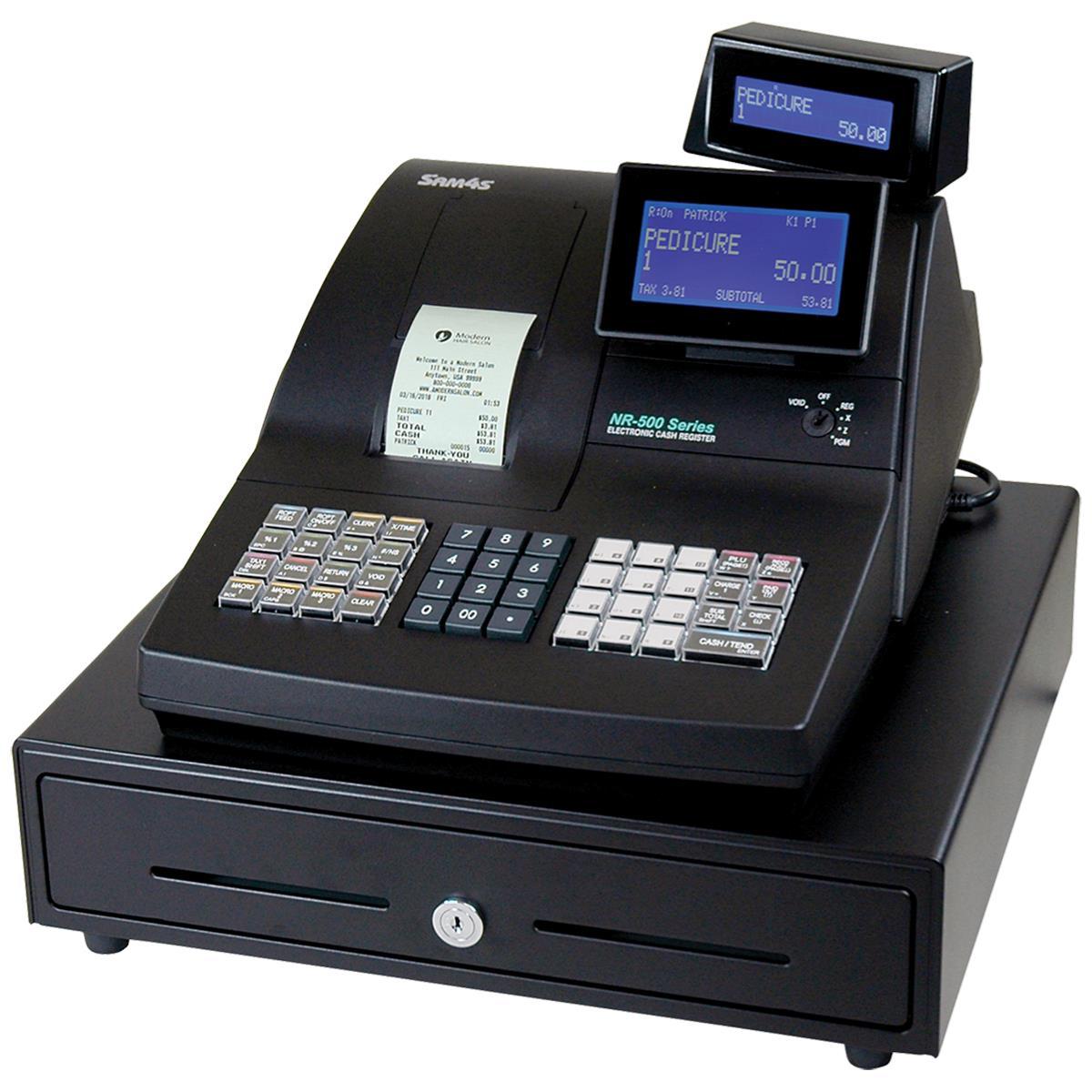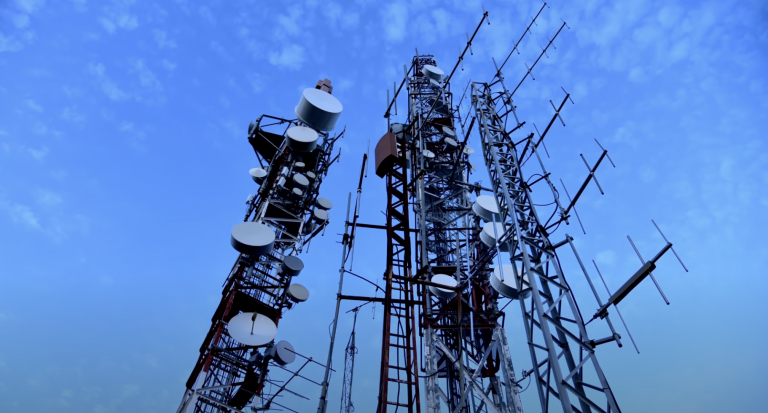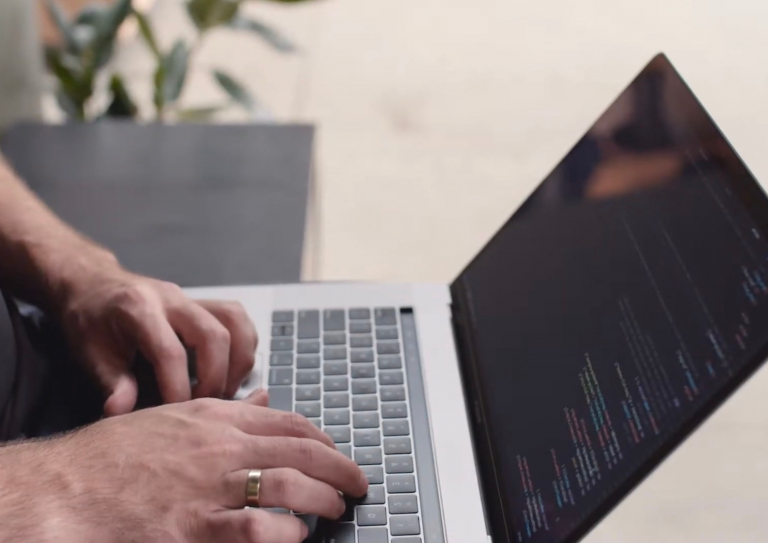What is a Cash Register?
A cash register is also called a till machine. It is a mechanical or electronic device for registering & calculating transactions at a point of sale. These registers are basically used to record payment amounts & use them to handle cash throughout the business day. These devices are usually attached to a drawer for storing cash & other valuables.
Today, a modern cash register is usually attached to a single printer that can print out receipts for record-keeping purposes. For years, these electronic cash registers were the only option available for business owners who wanted to process sales transactions. But, this is no longer the case. These electronic cash registers are still appealing to small merchants, who are looking for basic functions because of the low setup costs & ease-of-use.
Current Use of Cash Register
Cash drawer
Mostly cash registers include a key labeled ‘No Sale’ abbreviated ‘NS’ on many modern electronic cash registers. Its basic function is to open the drawer, printing a receipt stating ‘No Sale’ & recording in the register log that the register was opened. Most of the cash registers require a numeric password or physical key when attempting to open the till.
Cash Register & Scanner
Modern cash registers are connected to a handheld or stationary barcode reader which is called a ‘scanner’. These barcode scanners scan customer’s purchases that keep the record of amount & purchased items. The use of scanners also helps prevent errors that result from manually entering the product’s barcode or pricing. Some register scanners are also combined with a scale for measuring product that is sold by weight.
Cash Register & Receipt Printer
It is compulsory for the cashiers to provide a receipt to the customer after a purchase they made. Registers normally use thermal printers to print receipts. However, older dot matrix printers are still in use at some retailers. Rather, retailers can forgo issuing paper receipts in some jurisdictions by instead asking the customer for an email to which their receipt can be sent. The receipts of larger retailers tend to include unique barcodes or other information identifying the transaction so that the receipt can be scanned to facilitate returns or other customer services.
Manual Input
For manual input, registers generally feature a numerical pad, QWERTY or custom keyboard, touch screen interface, or comes with a combination of all these input methods for the cashier to enter products & fees by hand & access information necessary to complete the sale. These registers are commonly used in restaurants & other establishments that do not sell barcoded items. They use the manual input method of interacting with the register.
Nowadays the customization of register inputs is more widespread with the use of touch screens that can display a variety of point of sale software.
Security Deactivation
Mostly in large superstores, they use electronic article surveillance, a pad or other surface attached to the register that deactivates security devices embedded in or if attached to the items being purchased. This prevents a customer’s purchase from setting off security alarms at the store’s exit.
Recommended Readings
Best Cash Register For Small Retail Business
The responses below are not provided, commissioned, reviewed, approved, or otherwise endorsed by any financial entity or advertiser. It is not the advertiser’s responsibility to ensure all posts and/or questions are answered.






